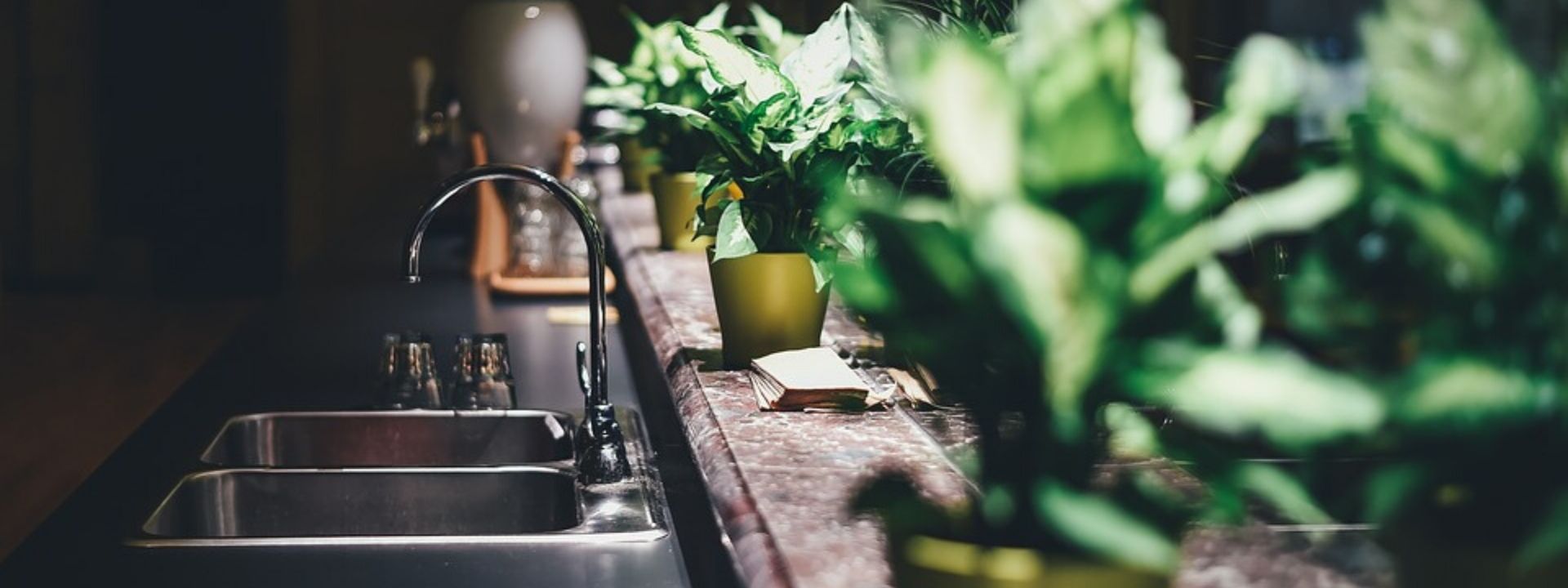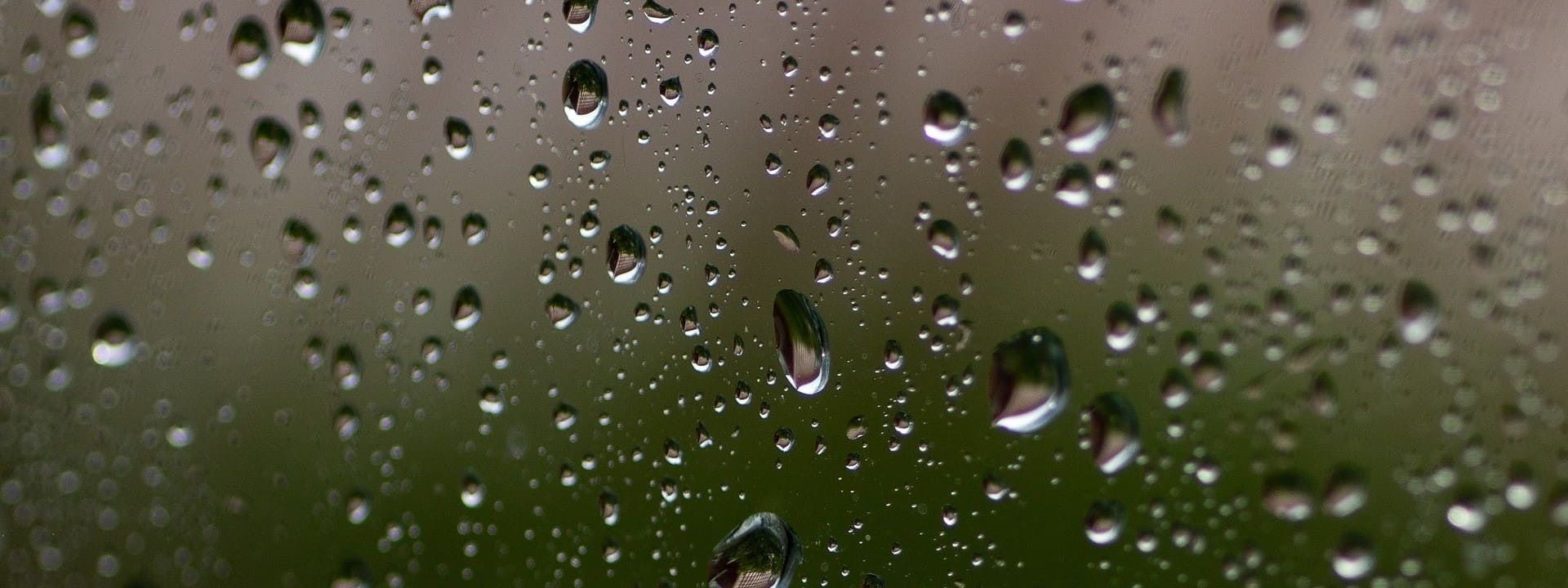You may know what humidity is, but there are more questions left unanswered. Do you know how humidity affects your room temperature? Or what your indoor humidity should be?
Most importantly, how to lower humidity in your house? This easy to understand informational post will answer these questions. This post has one goal – to teach you how everything you need to know and help you stay comfortable all year round.
6 Simple Ways on How to Lower Humidity In House
1. Take Cold and Shorter Showers
Prolonged hot showers can also result in excess humidity and moisture from the air. Activities such as taking hot and long showers, steam bath can cause the air flow to be heavy and warm.
The same applies even in cooking, or when you heat food. Taking hot showers and cooking produces much steam moisture and can contribute to the humidity inside your home.
In short, the more steam there is, there will be more humidity. So it is suggested that there must be days that you should take quick and cool showers.
2. Clean Air Conditioning Filters
Molds also multiply in air conditioners fast because of the amount of moisture and air flow coming in and out.
These molds will only thrive in places with the presence of water, if there is too much moisture in the air, and if moist air could not get out.
So it is suggested to clean the filters of air conditioner every two weeks even with the use of just conventional cleaning materials. This sounds like it needs a lot of energy, but don’t wait until it’s too late.
You might as well clean the molds in pipes, windows, tiles, fans, walls, drywalls, insulation, air conditioning filters, wallpaper, fabric, wood products, upholstery, and carpet.
3. Grow Dehumidifying Indoor Plants
To make the humidity problem go away, you can place indoor plants too. The indoor plants will absorb much moisture. You can use plants like Boston Fern and Peace Lily.

4. Install Exhaust Fans in Your Home
One solution in reducing humidity is to install insulation and ventilation exhaust fans (especially in the kitchen and bathroom) in your home.
It is also important to check that the ventilation of dryer duct fans is directed outside. If the dryer ducts fans do not point outside, the position of these duct fans are a particularly dangerous situation that can cause fire and also increases indoor humidity.
5. Keep Your Home Dry at All Times
Molds may develop in wet places, particularly in the kitchen, bathroom (where water is abundant), laundry room, basement, or any other room with moist surfaces.
So it is suggested to keep these places dry at all times and install an exhaust fan. You may also hang your laundry outside the house or use a dryer to eradicate these problems.
Drying clothes inside your house introduces moisture. In addition, your clothes will smell bad if your dry it inside. This is to reduce moisture coming in, cool the airflow inside, and also avoid any damage. This can potentially help in saving energy consumption too.
6. Get a Cheap Dehumidifier
The use of cheap dehumidifier in your home may help you control the high humidity in your home. Once you turn the dehumidifier on, it’ll start pulling the warm air and filtering it through a set of coils.
When the air touches these coils, it cools down and pulls the moisture from it. The collected moisture will get out of the dehumidifier through a hose, or it collects in a bucket, and you empty it.
You can find my recommendations for the best cheap dehumidifiers on this page. Just make sure not to drink the water from the dehumidifier.
You can use the water in activities like flushing the toilet, cleaning surfaces, water the plants, but never drink it. The water from the dehumidifier is not safe to drink.
Benefits of Lower Indoor Humidity in the House
Your Home Will Start To Smell Better
The foul-smelling molds that keep on accumulating indoors can cause your home to have that hard to get rid off smell. Even dust mites love to thrive in moist places.
You can open your door and window, but it doesn’t do much. The first thing you have to do is to locate where the molds multiplied and clean it.
After cleaning it, the proper step you need to do is to reduce humidity and avoid the growth of these molds again. How do you do this?
Make sure to remember the tips I stated above on how to reduce moisture in the air. So you won’t bother looking for mold growth in your home again.
You Will Experience Less Allergies
Allergies will start to trigger because of the moisture building up; in addition, there is not enough ventilation in any room such as the kitchen.
The mold and mildew can cause wheezing, sneezing, or stuffy nose. But if you reduce moisture in the air, install an exhaust fan, and have adequate ventilation, this won’t happen.
Allergens are especially harmful to children and people who have a weak immune system. As a result, asthma or other respiratory problems may develop.
If you try to dehumidify your home, it will reduce air humidity, and it will help stop triggering allergies, make the airflow cooler inside your home, and prevent the development of asthma.
House Maintenance
It’s not just the health of your family that we’re concerned about, but it can create damage in the structure of your home too. In the long run, the excess water vapor will affect the furniture and the home you invested in.
Molds may create damage to the flooring, ceilings, walls, window, and wood furniture over time because of the excess moisture, so you must get rid of it. It can cause cracks and damage the wall because of the molds growing.
If you diligently dehumidify your home most especially the kitchen, it will reduce the indoor humidity, remove molds, and you may avoid costly repairs—most especially unseen hazards inside the walls, ceilings, wood furniture or the window.
Make sure to address these issues to avoid these incidents and reduce the possibility of spending money on house repairs.

Frequently Asked Questions
How Does Humidity Affect Temperature?
Humidity and temperature are closely linked. This is because relative humidity refers to the ratio of the amount of moisture present in the air and the maximum amount it can hold.
As it starts to change and fluctuate, the indoor humidity will change and fluctuate with it. You’ll notice this more when the air is warm.
Warm air is capable of holding more moisture or water vapor. Humidity is the product of excess water vapor in the air. As it rises, the indoor humidity levels will start to reduce if there isn’t more moisture added to the air.
In climates with warm and wet spring and summer months, the humidity levels are usually high. Additionally, as high humidity is experienced outside, it will result in high humidity indoors too.
What Should The Humidity Be in Your House?
It is important to maintain humidity levels in your home between 30 to 50 percent. [1] No matter what time of year it is or how hot or cool it is indoors or outdoors, this is the comfortable and recommended humidity levels.
If your humidity levels reduce below 30 percent, it’ll get too dry in your home. You can get dry skin, nosebleed, or sore throat. However, if the humidity fluctuates the other way and gets too high, allergens such as dust, mold, and fungus will start to multiply and thrive.
The air can also begin to feel uncomfortably heavy and warm. This can aggravate conditions such as asthma or COPD and make it hard to breathe.
Why Do High Humidity Levels Make it Hotter?
Humidity makes the temperatures feel more humid than it is because it affects how well sweat can evaporate from your skin.
If the air outside or inside is at 100 percent humidity, sweat won’t evaporate from surfaces of your skin. This makes you feel warmer.
On the other hand, you’ll feel cooler if the humidity drops enough to allow sweat to evaporate from your skin quickly.
As an example, if you keep the current temperature at around 75 degrees and there is a humidity reading of zero percent, it’ll feel like 69 degrees. But, if it’s around 75 degrees with a 100 percent humidity, it’ll feel like it’s 80 degrees.
What is a Comfortable Level of Humidity?
As I mentioned, comfortable levels of humidity vary depending on what is going on outside. During the summer months or warmer weather, it is important to keep the indoor humidity levels to be around 50 percent.
They shouldn’t go over 60 percent because this is where you’ll start to feel uncomfortable, and this is also where fungus and mold begin to grow.
During the winter or cooler months, you want your humidity levels to be lower in your home. You should keep it around 30 or 40 percent at the most.
These lower levels will help stop condensation buildup on your windows or in areas of your home where you don’t want moisture to build up.
Bottom Line
So, no matter what you do, you still have high humidity in your home, and nothing changes, then you might consider getting a dehumidifier for your home. This might be the last resort in reducing humidity in your home.
Let me help you pick out the best cheap dehumidifier for your home. I hope all those breathing and problems in humidity in your home will stop soon enough.


